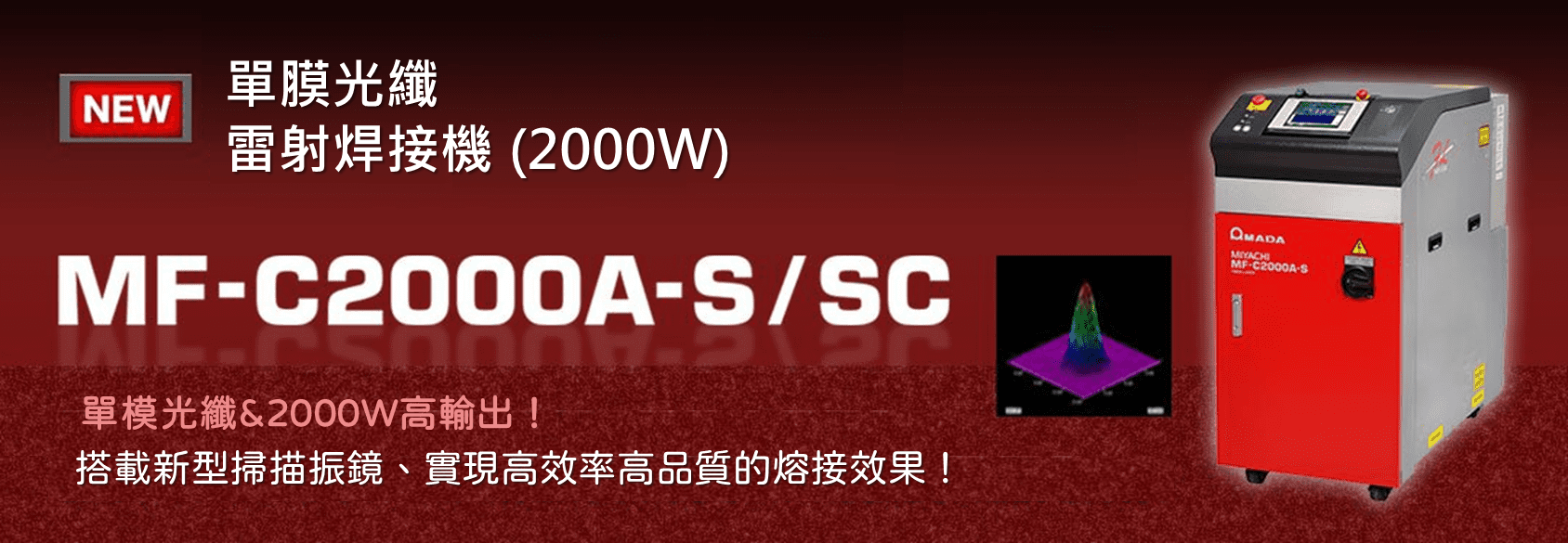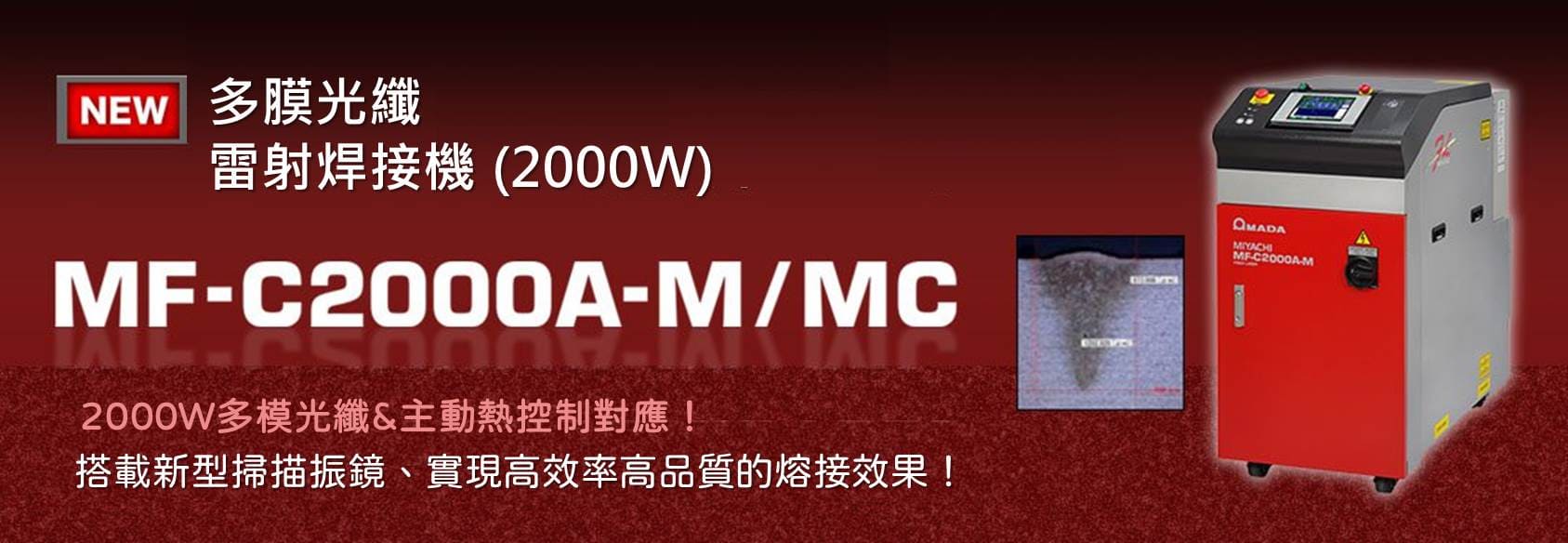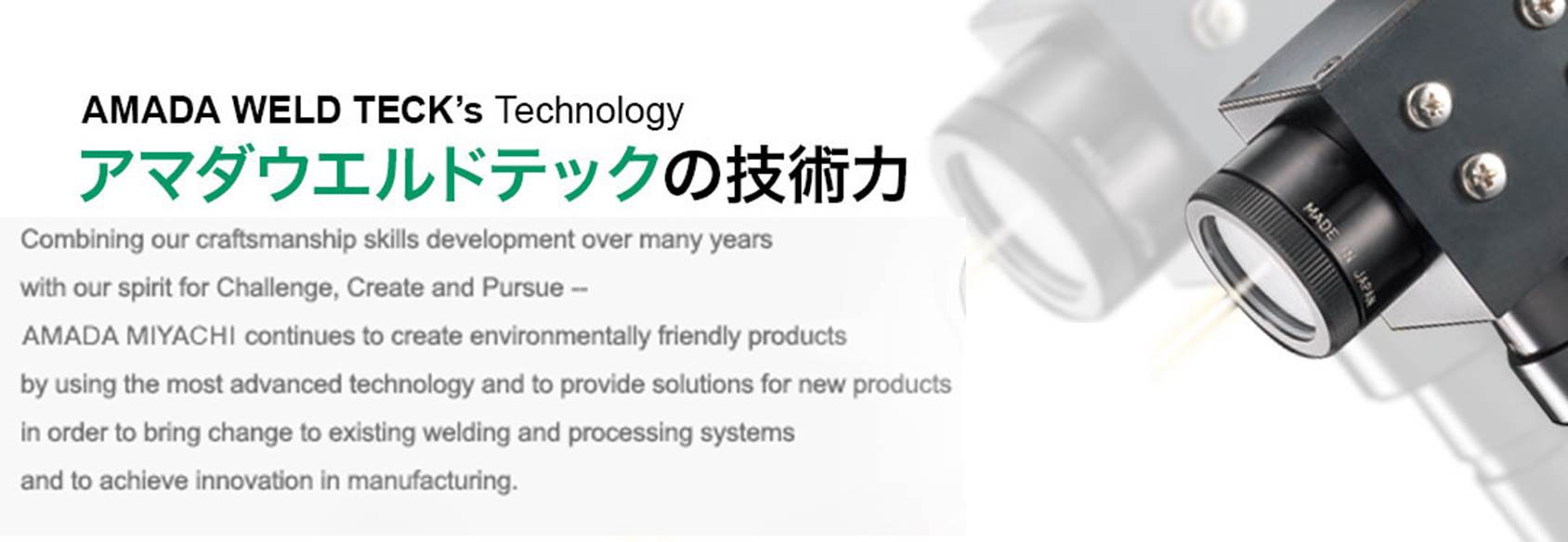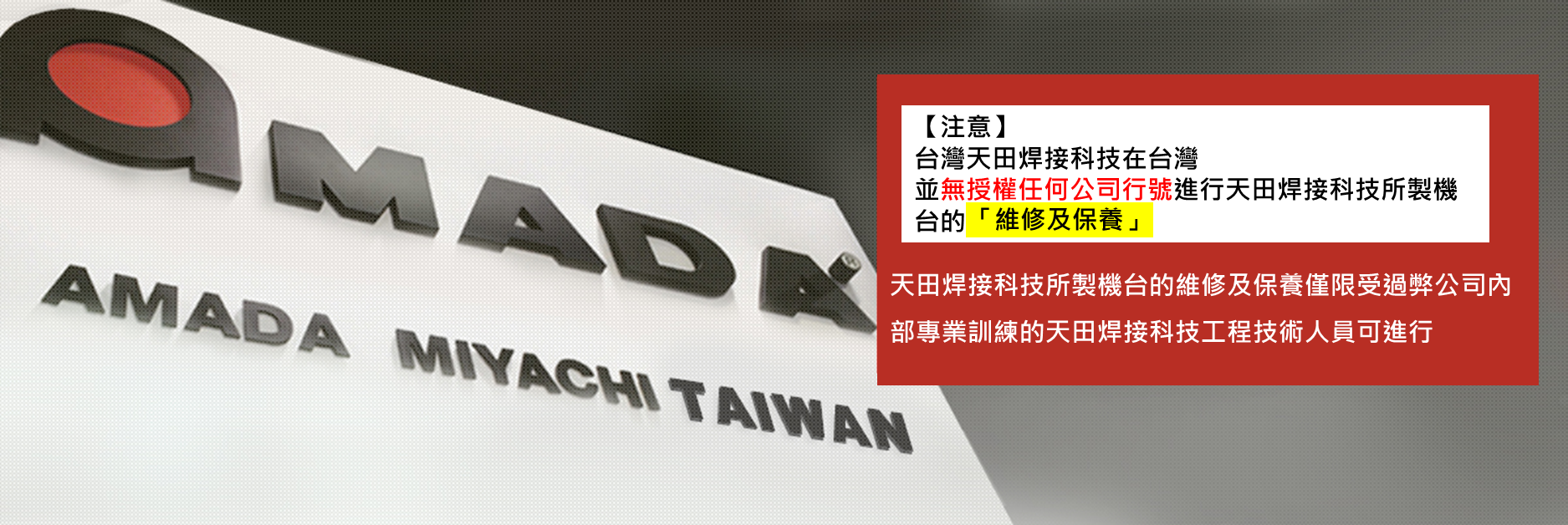Safety of Laser Products
Lasers are categorized by their wavelengths into two types: visible light and invisible light. The fundamental waves of YAG and YVO4 lasers that we deal with are invisible (SHG and THG are visible light), and are classified to Class 4, which means they are highly hazardous.
Laser light has a high energy density and low divergence angles. The higher the class number of the laser is, the more hazardous is the laser light thereof. Laser pointers, familiar to many, can cause damage to the eye such as burn injuries to the retina or blindness.
Our laser products satisfy the JIS C 6802 requirements imposed on manufacturers of Class 4 laser products.
❈ Typical laser product standards
- - International Electrotechnical Commission (IEC): IEC 60825-1 - Safety of laser products
- This international body specifies the international standard "IEC60825-1" for laser products, which is a common safety standard among IEC member countries.
- - Japan Industrial Standards: JIS C 6802 - Safety of laser products
- The international safety standard "IEC 60825-1 - Safety of laser products" published by IEC has been translated into Japanese in order to compile the JIS standard, but the technical contents have not been changed.
- - Notification from the Ministry of Health, Labor, and Welfare: Labor Standards Bureau No. 0325002 "Preventive measures against damage caused by laser light"
- These measures are promoted with the objective of preventing damage to the health of workers who operate laser equipment and workers who are regularly engaged in jobs where they may be exposed to laser light.
❈ Classification of laser products (from Japan Industrial Standard (JIS))
The classifications categorize lasers according to their hazard level. The table below shows a summary of the requirements for each class.
| Class 1 | A Class 1 laser is safe under reasonably predictable conditions of normal use. |
|---|---|
| Class 1M | A Class 1M laser is as safe as Class 1 except when passed through optical tools. It is a laser with a wavelength range of 302.5 nm to 4000 nm |
| Class 2 | A Class 2 laser has low power, and is usually safe because the blink reflex will protect the eye. It is a low-power visible light laser with a wavelength range of 400 nm to 700 nm. |
| Class 2M | A Class 2M laser is as safe as Class 2 except when passed through optical tools.It is a visible light laser with a wavelength range of 400 nm to 700 nm. |
| Class 3R | A Class 3R laser can be hazardous when its beam is observed directly. Its power is equal to or less than five times the accessible emission limit (AEL) of Class 1 or Class 2. |
| Class 3B | A Class 3B laser is usually hazardous when its beam is observed directly. |
| Class 4 | A Class 4 laser has high power, usually over 0.5 W. Diffuse reflections of its light can be hazardous. It can create dangerous diffuse reflections leading to skin injuries or fires. |
- Note) AMADA MIYACHI laser products are all classified as Class 4.
❈ Safety measures for using laser products
* JIS6802 provides the following guidelines for users:
Safety measures for equipment
- (1) Use remote interlocks.
- (2) Control the use of the power switch key (key control).
- (3) Use beam blockers or attenuators
- (4) Post warning signs
- (5) Design and terminate of beam paths for safety
- (6) Eliminate unnecessary mirror reflections.
Safety measures for work management
- (1) Use safety goggles to protect the eyes (in accordance with the wavelength)
- (2) Block the laser beam with a shutter or light blocking film
- (3) Wear protective garb (working clothes that expose little of the skin)
- (4) Wear clothes made of flame-retardant materials.
❈ List of standard measures for using laser equipment and laser classes (adopted from "Preventive measures against damages caused by laser light")
| Measures (only items) | Class of laser equipment | |||||
|---|---|---|---|---|---|---|
| 4 | 3B | 3R | 2M 1M | |||
| Appoint controllers of laser equipment | ✓ | ✓ | ✓*1 | |||
| Assign areas (indicate off-limits areas with signs) | ✓ | ✓ | ||||
| Laser equipment | Laser light path | Position of light path | ✓ | ✓ | ✓ | ✓ |
| Appropriate design of light path and blocking light | ✓ | ✓ | ✓*1 | |||
| Appropriate termination of light | ✓ | ✓ | ✓*1 | ✓*2 | ||
| Key control | ✓ | ✓ | ||||
| Emergency shutdown switch, etc. | Emergency shutdown switch | ✓ | ✓ | |||
| Alarm device | ✓ | ✓ | ✓*1 | |||
| Shutter | ✓ | ✓ | ||||
| Interlock system, etc. | ✓ | ✓ | ||||
| Indication of laser emission aperture | ✓ | ✓ | ✓ | |||
| Work management, Health management, etc. | Operating position | ✓ | ||||
| Measures when adjusting optics | ✓ | ✓ | ✓ | ✓ | ||
| Protective gear | Safety goggles | ✓ | ✓ | ✓*1 | ||
| Work clothes with little skin exposure | ✓ | ✓ | ||||
| Flame-retardant materials | ✓ | |||||
| Inspection and maintenance | ✓ | ✓ | ✓ | ✓ | ||
| Safety and health education | ✓ | ✓ | ✓ | ✓ | ||
| Healthcare | Medical check-up of anterior eye parts (the cornea and crystalline lens) | ✓ | ✓ | ✓*1 | ||
| Ocular fundus examination | ✓ | |||||
| Others | Display | Controllers of laser equipment | ✓ | ✓ | ✓*1 | |
| Hazardous nature and harmful effects; operational warnings | ✓ | ✓ | ✓ | ✓ | ||
| Display of laser equipment installation | ✓ | ✓ | ||||
| Indication of high-voltage parts of laser equipment | ✓ | ✓ | ✓ | ✓ | ||
| Prohibition of the bringing in of hazardous materials | ✓ | ✓ | ||||
| Measures against hazardous gases and dust | ✓ | ✓ | ||||
| Medical examination and treatment of workers who may have been affected by laser light | ✓ | ✓ | ✓ | ✓ | ||
- The symbol "✓" indicates that is the measures in question are required.
- *1: Measures need to be taken for laser equipment that emits laser light with wavelengths beyond the range of 400 nm to 700 nm.
- *2: Measures need to be taken at the end of the beam path of laser equipment which is listed in JIS 10.6.
|
Measures (only items)
|
Class of laser equipment
|
|||||
|
4
|
3B
|
3R
|
2M
1M |
|||
|
Appoint controllers of laser equipment
|
V
|
V
|
V*1
|
|||
|
Assign areas (indicate off-limits areas with signs)
|
V
|
V
|
||||
|
Laser equipment
|
Laser light path
|
Position of light path
|
V
|
V
|
V
|
V
|
|
Appropriate design of light path and blocking light
|
V
|
V
|
V*1
|
|||
|
Appropriate termination of light
|
V
|
V
|
V*1
|
V*2
|
||
|
Key control
|
V
|
V
|
||||
|
Emergency shutdown switch, etc.
|
Emergency shutdown switch
|
V
|
V
|
|||
|
Alarm device
|
V
|
V
|
V*1
|
|||
|
Shutter
|
V
|
V
|
||||
|
Interlock system, etc.
|
V
|
V
|
||||
|
Indication of laser emission aperture
|
V
|
V
|
V
|
|||
|
Work management, Health management, etc.
|
Operating position
|
V
|
||||
|
Measures when adjusting optics
|
V
|
V
|
V
|
V
|
||
|
Protective gear
|
Safety goggles
|
V
|
V
|
V*1
|
||
|
Work clothes with little skin exposure
|
V
|
|||||
|
Flame-retardant materials
|
V
|
|||||
|
Inspection and maintenance
|
V
|
V
|
V
|
V
|
||
|
Safety and health education
|
V
|
V
|
V
|
V
|
||
|
Healthcare
|
Medical check-up of anterior eye parts (the cornea and crystalline lens)
|
V
|
V
|
V*1
|
||
|
Ocular fundus examination
|
V
|
|||||
|
Others
|
Display
|
Controllers of laser equipment
|
v
|
V
|
V*1
|
|
|
Hazardous nature and harmful effects; operational warnings
|
V
|
V
|
V
|
|||
|
Display of laser equipment installation
|
V
|
V
|
||||
|
Indication of high-voltage parts of laser equipment
|
V
|
V
|
V
|
V
|
||
|
Prohibition of the bringing in of hazardous materials
|
V
|
V
|
||||
|
Measures against hazardous gases and dust
|
V
|
V
|
||||
|
Medical examination and treatment of workers who may have been affected by laser light
|
V
|
V
|
V
|
V
|
||
The symbol "V" indicates that is the measures in question are required.
*1: Measures need to be taken for laser equipment that emits laser light with wavelengths beyond the range of 400 nm to 700 nm.
*2: Measures need to be taken at the end of the beam path of laser equipment which is listed in JIS 10.6.













